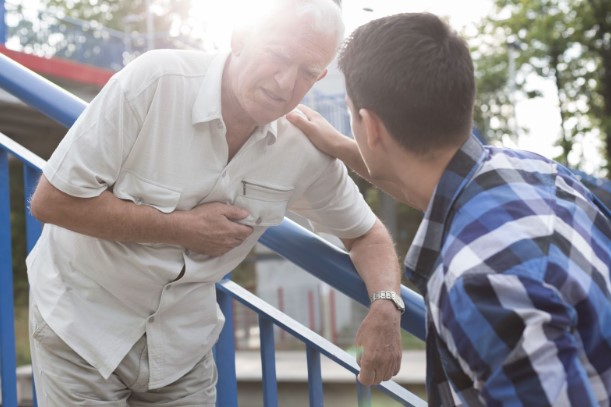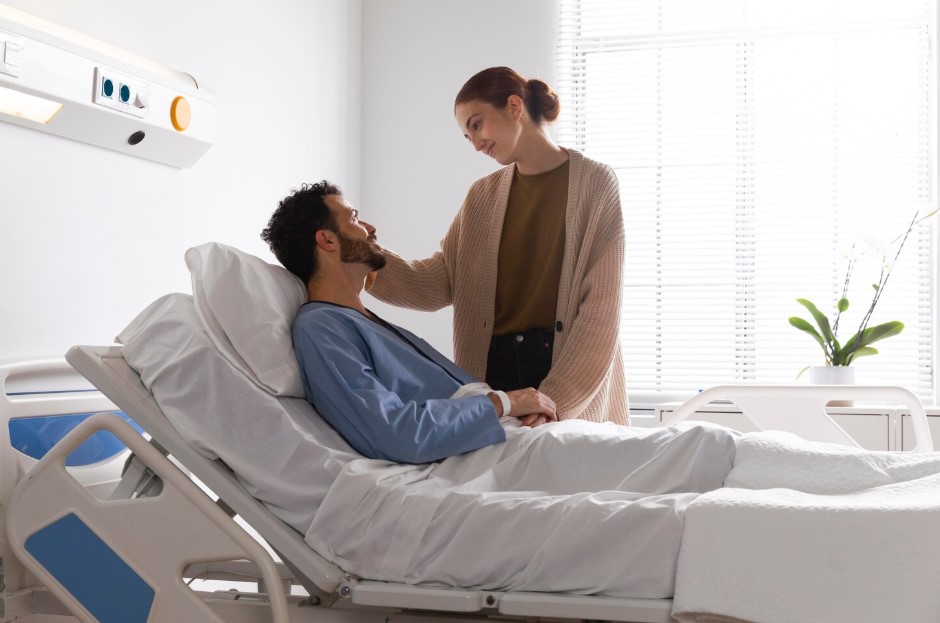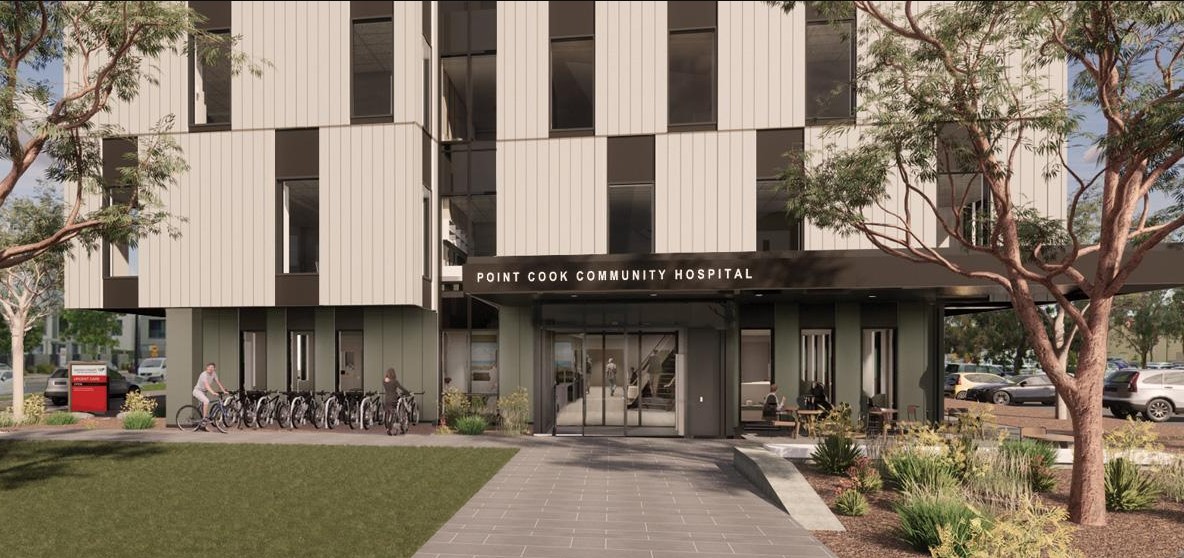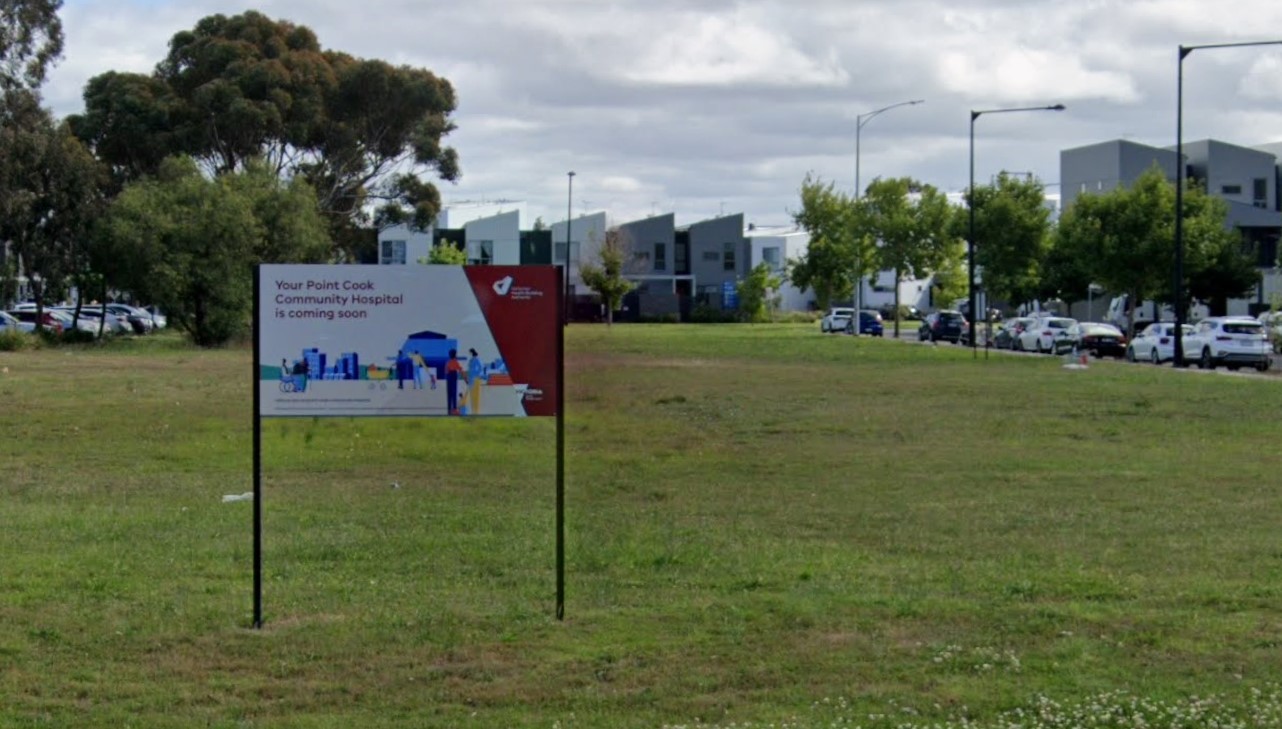25
Apr 2024
How To Help Someone In A Health Crisis: 5 Practical Tips
Published in Travel Tips on April 25, 2024

Injuries can happen at any time, whether you’re at work, at home, or out in the city. They could be as simple as a cut or heat exhaustion or more serious, like a bone fracture.
Injuries can also happen when people panic during an existing emergency. Sprains, bruises, grazes, and other dings can happen when you’re rushing to and fro, so it’s important you know how to keep calm and address the situation until professional help arrives. This also helps the injured person receive the best care they can get in the crucial moment immediately after a medical emergency. So, that’s why it’s good to know the basics of how to deal with a health crisis, or even better, get some Hero first aid training.
Here are 5 practical tips for dealing with someone in a health crisis, that can help you to help them.
1. Know The “Three P’s” of First Aid
The “Three P’s” are a kind of mantra to remember when dealing with any kind of health emergency. Use them to focus your mind and actions.
Preserve life
If someone’s life is in danger, do what you can to reduce the risk of death. This might be to pull someone from a dangerous area, to call an ambulance, or shout for help from others around.
Prevent further injury
This is the treatment phase and can be anything from removing a bee stinger to dealing with a concussion. If you’re not confident with what you’re doing, it may be best to wait for experts – for example, removing deep glass shards from wounds can cause excessive bleeding. Try to keep the person calm, ask them questions about what happened, and tell them not to move too much.
Promote recovery
These are treatments like providing the person water, a chance to rest, or keeping their spirits up until they’re in expert hands. If it’s a bleeding wound, you will want to keep the area elevated, and you can reduce swelling wounds with ice or a cold compress.
Check For Danger
In all situations, this should be the first thing you do, both for the safety of the person you’re trying to help and for yourself. Even for minor injuries such as a slip on the footpath, take precautions, such as helping them out of the way of pedestrians, and assessing how and where they fell so you don’t do the same.
For major injuries, especially ones you haven’t seen the cause of, take more time to evaluate the situation. After all, rushing to help someone before you see that there’s a downed powerline will only put you in danger too. A few risks to look out for are oncoming traffic, slippery surfaces, dangerous animals, flood waters or strong winds with flying debris. Each situation presents unique risks, so whilst your instincts may tell you to run towards the person, train yourself to make a sound assessment before stepping in.
Treating Moderate Injuries
Heat exhaustion, fractures, and burns may not require a trip to the hospital, but there is the possibility of medical escalation if not dealt with promptly, so more attention and care is necessary.
Heat exhaustion
Symptoms to look out for include heavy sweating, dizziness, nausea and cramps. The first thing to do is move them into a cool or shaded area – sometimes making something to block out sunlight is necessary. People suffering from heat exhaustion need both water and electrolytes – a sports drink or coconut water is handy, but pure water will do. They also need to lower their body temperature, so wiping their forehead with a cool cloth can help immensely. Don’t apply ice, as the extreme change can be too difficult for the body to adjust to.
Hypothermia
A person with hypothermia also needs help regulating their body temperature but must be treated differently. Hypothermia causes slurred speech, weak coordination, and confusion, so you must be very careful with people afflicted by it. Handle them gently and do not rub their body to warm them up – a low body temperature, this can cause a heart attack. Instead, remove them from the cold, remove any wet clothes, and dry them. Give them a heat pack, warm fluids and blankets, but protect them from strong heat directly on their body.
Burns
Burns can range from minor injuries to major ones, so your first step is to assess the damage.
First-degree burn
These look similar to sunburn and only affect the outer layers of the skin. They only require cooling of the site and some petroleum jelly to protect the vulnerable skin.
Second-degree burns
These are deeper and will cause blistering and swelling. To treat them, cool the area with water – but not icy water– to keep the area out of sunlight and provide some painkillers. Do not break any blisters. A second-degree burn may require professional medical attention, depending on its severity.
Third-degree burns
These should not be treated by anyone but a medical professional. The wound will be severe with black or whitish areas. Do not allow the person to raise the wound above their heart and call for emergency services.
Allergic reactions
Allergic reactions have a similarly wide range of severity. The first thing to do is to ask the person if they have an EpiPen and where it is. If they don’t have one, but the reaction is still quite severe, have them lie on their back and keep their feet elevated. Loosen any tight clothing around their neck or chest so they can breathe freely.
If the person is choking due to anaphylaxis, use an EpiPen as soon as possible, being careful to keep your finger away from the orange tip. Learning how to use one will help you feel more confident should the situation arise.
An EpiPen should be used before calling for an ambulance so that the steroids can take effect immediately and help the person breathe properly. If the swelling hasn’t gone down substantially after 10 minutes, a second dose may be required, but a 000 operator can guide you through providing it.
Major Injuries & Calling for Help
Deep wounds, head trauma, and other major injuries always require the help of trained medical experts. Putting pressure on a bleeding wound is often required, but major injuries can often have confounding factors like glass shards in the wound, making it hard for a bystander to know what to do. Instead, call 000 for an ambulance and explain the situation so they can guide you through the necessary procedures.
Conclusion
Though severe injuries are best left to the professionals, you can help out quite effectively with moderate injuries that might have the potential to become more serious. Cool water tends to be the most helpful item you can have on hand – whether to refresh the person or clean a wound.
But one of the best things you can do is to stay calm and help them through the situation until more help arrives, so don’t forget your bedside manner, and remember that the person experiencing the health crisis will feel calmer if you are too, which can sometimes be a powerfully effective treatment in the immediate aftermath.









